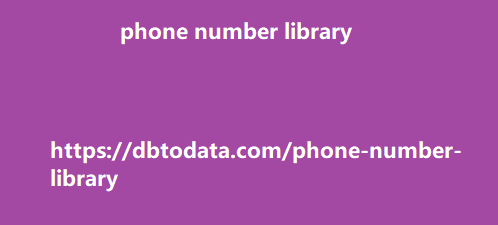That is why evergreen content, as mentioned earlier, is extremely important to your website. Google’s guidelines on dates Have you noticed that there are times Google shows the date an article was published in the search results and sometimes it doesn’t? According to Google’s guidelines, Google will choose to show the publishing date of an article if it is useful for the user, especially for news. So how does published? Google uses multiple ways. Here’s what they say on their guidelines: “Google doesn’t depend on a single dating factor because all factors can be prone to issues. That’s why our systems look at several factors to determine our best estimate of when a page was published or significantly updated.
” How does Google identify publishing
dates The visible date on time on the page There are two types of dates you can show on your articles: the exact publishing date or the date the article was last updated. According to the guidelines, the dates should be clearly visible to the users and should be properly labeled such as: Published: January 11, 2022 Last Updated: January 11, 2022 Check out this example. I wrote this article back in 2010 and I recently updated it. how to build backlinks to your website Structured data Google can use structured data on your articles if you have any subtype of CreativeWork schema implemented such as Article and BlogPosting schema. It will use the datePublished or dateModified in the markup.
XML Sitemap Your XML sitemap should also
include the publishing or last updated dates for your articles. It should look like this: xml sitemap Note: According to the Guidelines, the publishing date is required and the time is not. When should you change the publishing dates on your blog posts? In my opinion, the only time you should be changing the dates on your blog posts is when you make noticeable changes in existing articles. Maybe there is new data on surveys you cited or you have updates on your case studies. And when you do make changes make sure that you label it properly as “updated” not published again. This is a big thing for users as it is a sign that they can trust that you provide up-to-date information.
How about completely removing the dates
from blog posts? Some websites remove the dates from their articles to show that their content is evergreen. Although it may look suspicious, some studies have shown that it can have a positive impact. Check out these case studies by ShoutMeLoud and UFO. Remember: Blog post dates is for user experience When implementing publishing dates on your blog posts or changing the dates to when an article was last updated, keep in mind that you are doing this for the user. I would also say that if you have evergreen content, it might not be necessary to update them at all. Some topics may have a higher click-through rate if dates are visible, while in some topics, age may give you more credibility.
I would recommend testing it out and finding
what works for your niche. How to brazil phone number library generate blog topics Content is king. There’s no doubt about that, but there are challenges when you have to continuously publish content regularly—you’ll run out of topics to write about. This is a challenge most bloggers, content marketers, and even SEOs will face at some point in their careers. Since the web is filled with competitors, there’s a high chance that a good number of them can produce content faster and more frequently than you. Knowing that, how do you reach a level where producing a topic that your readers will surely love can be achieved in the fastest time possible? Let’s find out.
Tools aren’t your best friend If you’ve been
in the industry for a considerable amount of time, you might have come across some tools or products that market themselves as the only tool you’ll ever need when generating and researching topics. You’ve probably tried out some of them as I have and you’ll quickly realize that they’re only effective at the start. As time goes by, you’ll not only realize that it’s not helping you generate topics anymore but they’re not even giving you the inspiration you need to come up with a topic on your own. All of these are especially true when you’re writing about a niche topic or industry. So what exactly should you do? Write about topics that people actually read All of the experts in content marketing, blogging, and SEO will always tell you to research your audience.
This is true. Understanding what your
audience likes is the first step to tools like chatbots can provide generating a topic that will gain traction. If you’re only beginning to write about a certain topic or niche, chances are, you won’t have data to use. The best way to mitigate this is to empathize with your audience and try to find out why they’re looking for your specific topic or industry. Are they just curious? Do they specifically need something in your topic or industry? What problems would lead them to find your blog/business? All of these questions lead to just one goal: Deepening your understanding of the audience that you’ll be writing for. What I’ve mentioned will still hold true for experienced, veteran writers but their advantage is that they have the data to further refine their understanding of their audience.
I was blog writing even before I started SEO
and haven’t stopped since. So, I’ve had fans data my fair share of writer’s block and inability to generate topics that I can write about. But one helpful strategy I’ve learned is to use Google Analytics and check to see which of my past blog posts do my audience frequently visit. GA blog writing results In the screenshot above, it shows me the top 10 pages that the SEO Hacker blog visitors showed the most interest in. We can safely eliminate the homepage, the kinds of topics that my visitors are looking into.







